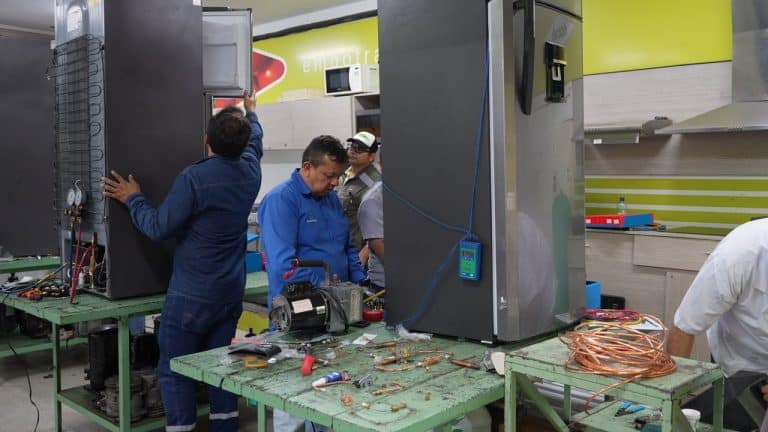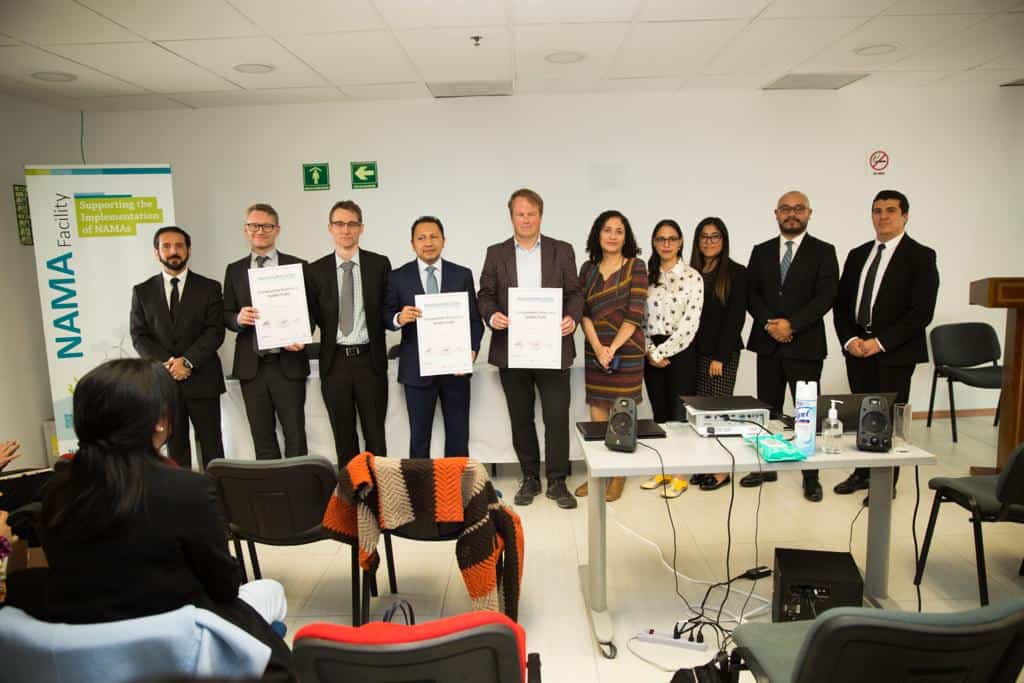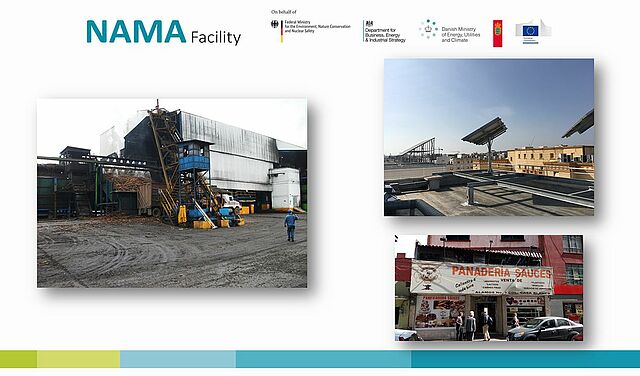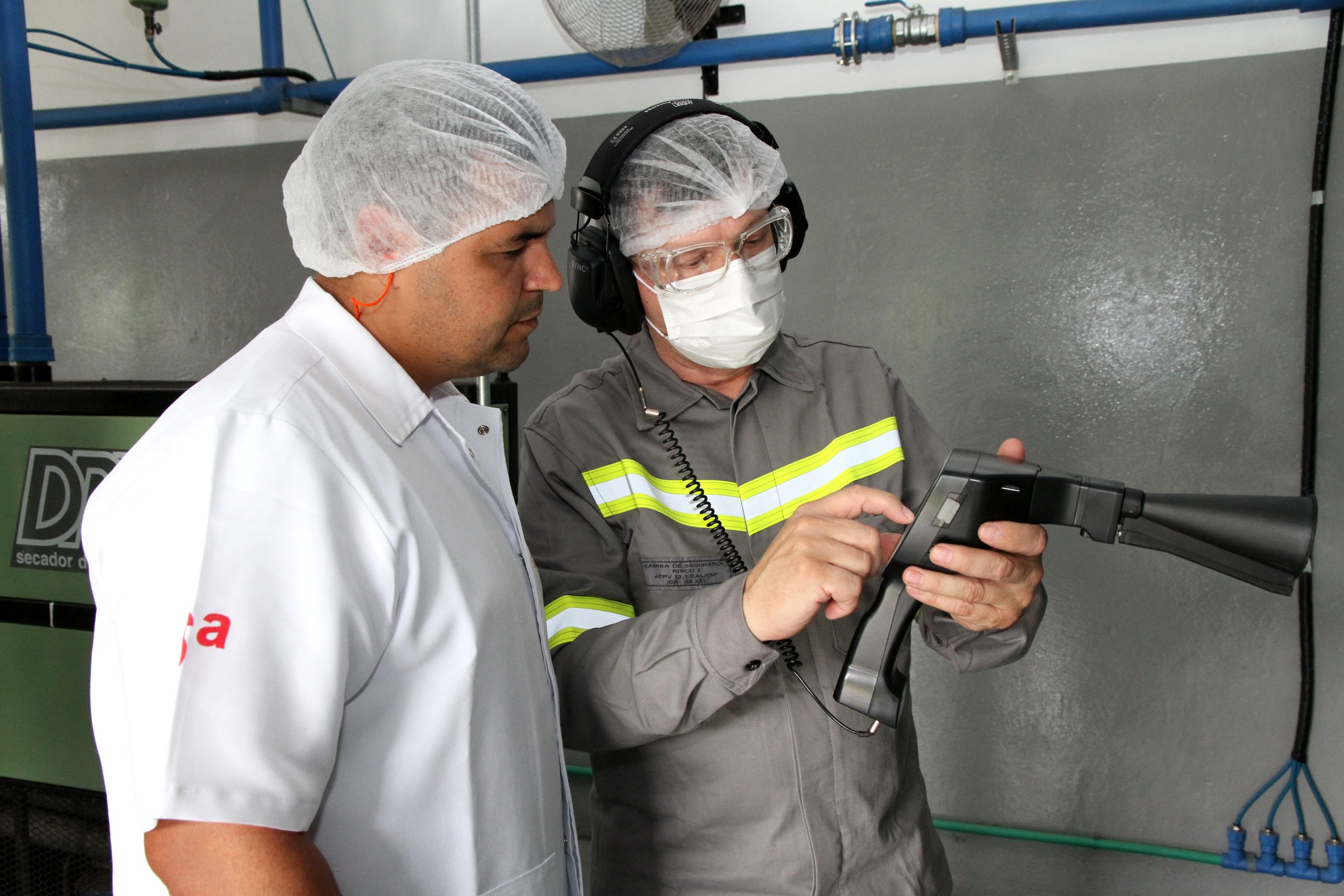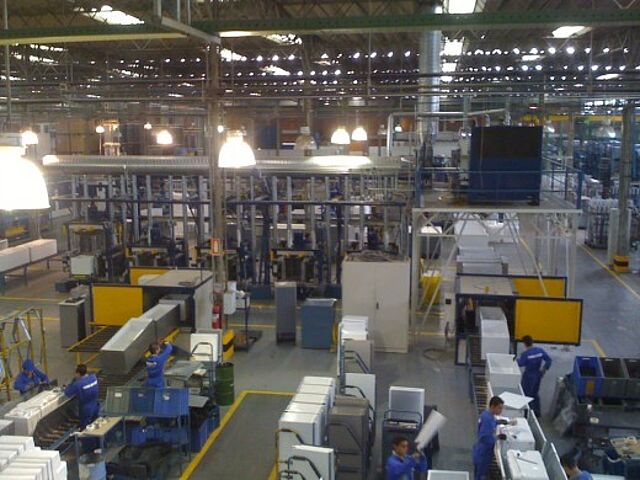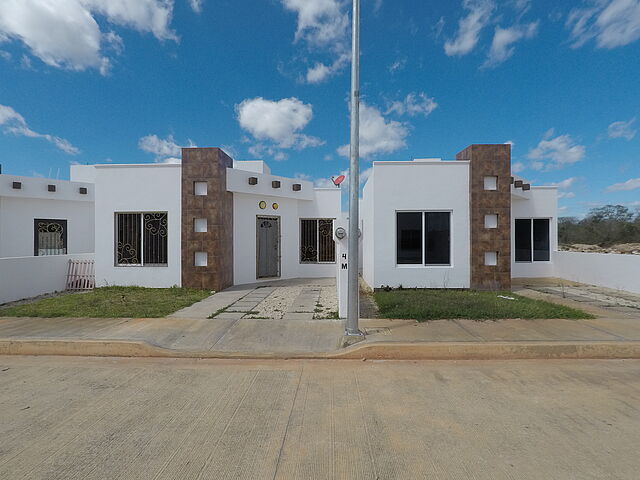
Background: Since 2012, Mexico has established a comprehensive climate change policy framework. In November 2015, Mexico established ambitious National Determined Contributions (NDCs) committing to reduce its greenhouse gas (GHG) emissions by 22 per cent by 2030 relative to business-as-usual (BAU) levels. In this scenario, according the NDCs 115 MtCO2e (which represent the 17% of total GHG emissions) result from the industry sector. Emissions from this sector is expected to reach 125 MtCO2e by 2020, 144 MtCO2e by 2025 and 165 MtCO2e by 2030.
Small and medium enterprises (SME) are often described as the backbone of the Mexican economy since they represent 98 per cent of all businesses, 75 per cent of employment and produce 50 per cent of its GDP. They contribute to around 12 per cent of total GHG emissions in Mexico with a total emission reduction potential close to 6.91 Mt CO2e per year. Nonetheless, SMEs are rarely referred to as an important target group for promoters of Mexico’s transition towards a carbon-neutral economy. Energy efficiency (EE) has been identified as a mechanism for cost reductions in SMEs. It has been demonstrated that companies can directly influence their energy costs by optimising production processes, thereby increasing their competitiveness and reducing GHG emissions.
Since 2014, Mexico has been implementing mitigation action to promote EE in SMEs. Until 2021, the Mitigation Action Facility has provided publicly-funded concessional loans to 35,613 for standardised EE measures such as the substitution of obsolete equipment. Given the basic technological focus adopted, it produced rather modest impacts regarding GHG emission reductions. Nonetheless, the initial mitigation measure has successfully provided concessional loans to SMEs and built up a wide technical support structure financed completely by public funds.
Approach to Transformational Change: The project “Energy efficiency in small and medium enterprises as a contribution to a low carbon economy” offers technical and financial assistance to the above-mentioned SME mitigation measures to considerably extend its scope by starting a second implementation phase. A strategy has been developed to provide financing for more complex EE measures, such as the optimisation of systems in medium-sized enterprises (compressed air, steam generation and distribution, industrial refrigeration, amongst others), which require higher investment costs but have a higher energy savings potential resulting in more GHG reductions. Furthermore, by introducing commercial banks as financial intermediaries, private capital will be leveraged providing for considerable up-scaling opportunities.
The project will focus on developing a dynamic and robust market for EE in SMEs, with a significant contribution of private capital and replication potential in other sectors. For this purpose, a new technological approach, based on optimising energy systems performance in selected SMEs’ sub-sectors (i.e. hotels, chemical industry, food processing industry, etc.), is being implemented. Also, a qualified EE services offer, integrated by certified consulting companies, will be established. Moreover, market and financial barriers will be overcome to attract involvement of commercial banks in EE financing.
Financial cooperation will be provided to set up a guarantee fund (EUR 7 m) as well as a small-scale grant subsidy scheme (EUR 2.5 m) to finance EE measures in SMEs. A leveraging effect of at least EUR 70 m of private capital is expected for clean technology financing. Technical cooperation funds will be used to make the need for and importance of EE ubiquitous in the relevant stakeholders’ mindset, and to produce a significant pipeline of bankable EE projects showcasing the success cases. This will be achieved by providing the market with a qualified offer of EE services integrated by certified consulting companies and raising SME’s awareness regarding EE economic and environmental benefits, particularly emphasizing how it improves SME’s competitiveness.
Mitigation potential: With a conservative approach, an energy efficiency project implemented in electric and thermal energy consumption systems can produce individual average savings in the range of 40 and 100 t CO2e per year which is 17 to 42 times higher than the savings obtained per project during the first implementation phase. Until the end of implementation, the project aims to support a total of 9,045 new investments in EE measures.
The cumulative mitigation will be 747,229 tCO2e at the end of project and in 2030 10,634,587 tCO2e. The specific mitigation in 2030 on its own is equivalent to ca. 27% of the unconditional target for industry established in the NDC.

